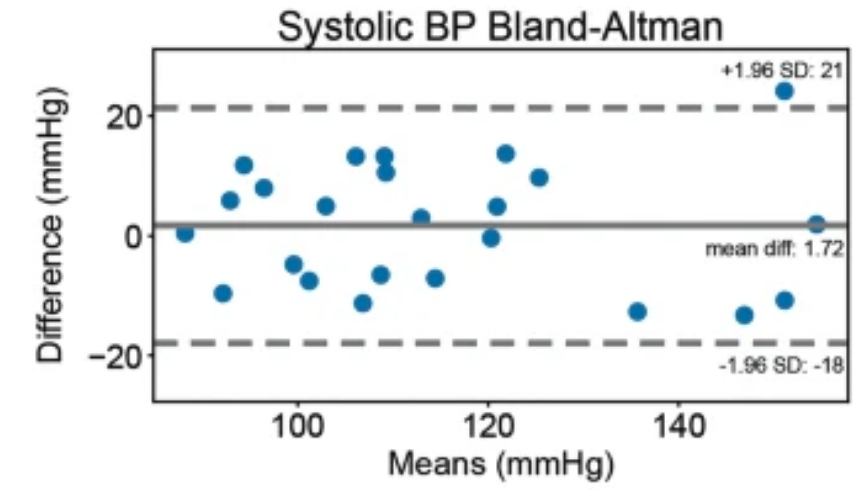Smartphone blood pressure
At Ars Technica there’s an interesting story about a smartphone addon being developed to provide rapid, inexpensive blood pressure measurement. Home blood pressure machines aren’t all that cheap and they’re a bit tricky to use reliably on your own. Smartphones, obviously, are more expensive than the blood pressure machines, but people might already own them because they are multi-use devices — you can read StatsChat on them as well. Blood pressure measurement is important because high blood pressure not only presents a risk of heart and brain and kidney damage but is something we can actually treat, safely and effectively, at very low cost.
The gadget uses a smartphone torch and camera to shine light into your finger, and also measures how hard you’re pressing on it. Taking a range of readings at different pressures over a few minutes lets it estimate your blood pressure. If you heard about problems with oxygen perfusion measurements during the early pandemic, you might worry that this isn’t going to work well in people with dark skin. The researchers tried to look at this, but it’s not clear whether they had any particularly dark-skinned people in the study (they divided their participants up into Asian, Hispanic, and White, and this was in San Diego). The other question is accuracy. The story says
The current version of BPClip produces measurements that may differ from cuff readings by as much as 8 mmHg.
The linked research paper, on the other hand, says 8 mmHg is the mean absolute error — the average difference between the new gadget and a traditional reading. You’d expect about 40% of readings to differ by more than that, and maybe 10% to differ by twice as much. In fact, the research paper has this picture where the vertical axis is the difference between the new gadget and traditional BP measurements (and the horizontal axis is the average of the two)

It’s clear that the gadget produces measurements that may differ from cuff readings by as much as 20 mmHg — and that’s after dropping out 5 of the 29 study participants because they couldn’t get good measurements. When researchers do carefully report their accuracy it’s a pity to get it wrong in translation
Thomas Lumley (@tslumley) is Professor of Biostatistics at the University of Auckland. His research interests include semiparametric models, survey sampling, statistical computing, foundations of statistics, and whatever methodological problems his medical collaborators come up with. He also blogs at Biased and Inefficient See all posts by Thomas Lumley »